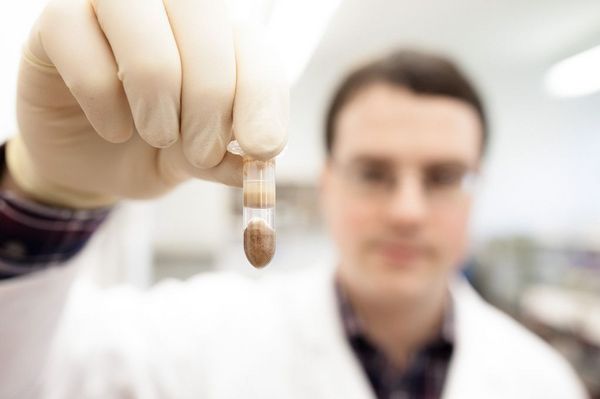Genetic test on tree species and geographic origin

It is important to have a precise claim in order to check for a wood sample the species and / or geographic origin. That means we apply genetic methods to control if claims on species are right or wrong (e.g. Is this timber of Swietenia macrophylla? Or is the Larch timber from the claimed forest concession at the Lake Baikal?)
Offered service
Genetic species identification: Different tree species differ in parts of their genetic composition. For practical applications the Thünen Institute develops molecular genetic markers (genetic barcodes) screening these genetic differences to distinguish tree species. With this genetic barcodes we can even distinguish tree species that cannot be separated by wood anatomical methods (like the different tree species groups as “white oaks”).
Control of geographic origin: First we screen the spatial genetic pattern of the trees in a target region. Here the target region could be the whole distribution area of a species, a specific region within a country or even smaller spatial units. For each species we are sampling systematically leaves, cambium or needles from trees and make a genetic inventory with modern gene markers (cpDNA-marker, SNPs, microsatellites). The results of this genetic inventory create a reference data base for the assignment of genotypes of wood samples in question. So we can check if claims on the country of origin or the harvested forest concession are correct.
Verifying the chain of custody (CoC) of individual trees using genetic fingerprints: If you have claims on a chain of custody for individual trees and timber products of these individual trees we can check if the claims are correct by comparing individual genetic fingerprints of reference samples collected along the CoC. The genetic fingerprints should be identical if the timber is from the same tree. Thus genetic fingerprinting serves as third party verification (genetic audits) of paper documents.
Sampling
For the genetic tests we need at least 1 cm³ wood from each sample. But we recommend collecting samples of a size of 5cm x 10cm x 2 cm. Younger and fresher timber is preferred compared to old timber. For veneer we need a sample of the size 10 cm by 10 cml.
Fees
Depending on the number of samples, number and type of used gene marker we charge between 200 and 600 € per sample.
Contact and postal address for samples
Please contact us before you start the sampling. So that we can confirm if we have the needed reference data and gene markers for the claimed tree species and geographic origin. We should then clear details on costs and the sampling procedure.
Thünen Institute of Forest Genetics
Dr. Hilke Schröder
Sieker Landstr. 2
22927 Großhansdorf
Mail: hilke.schroeder@thuenen.de




